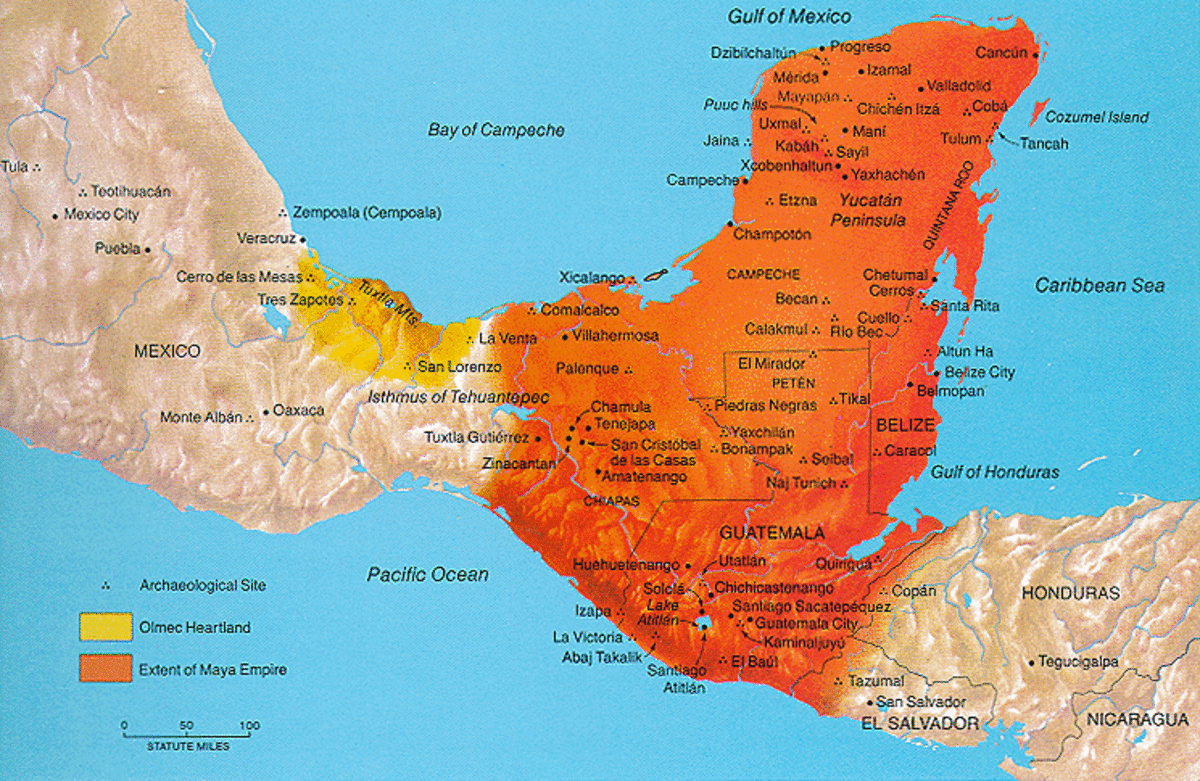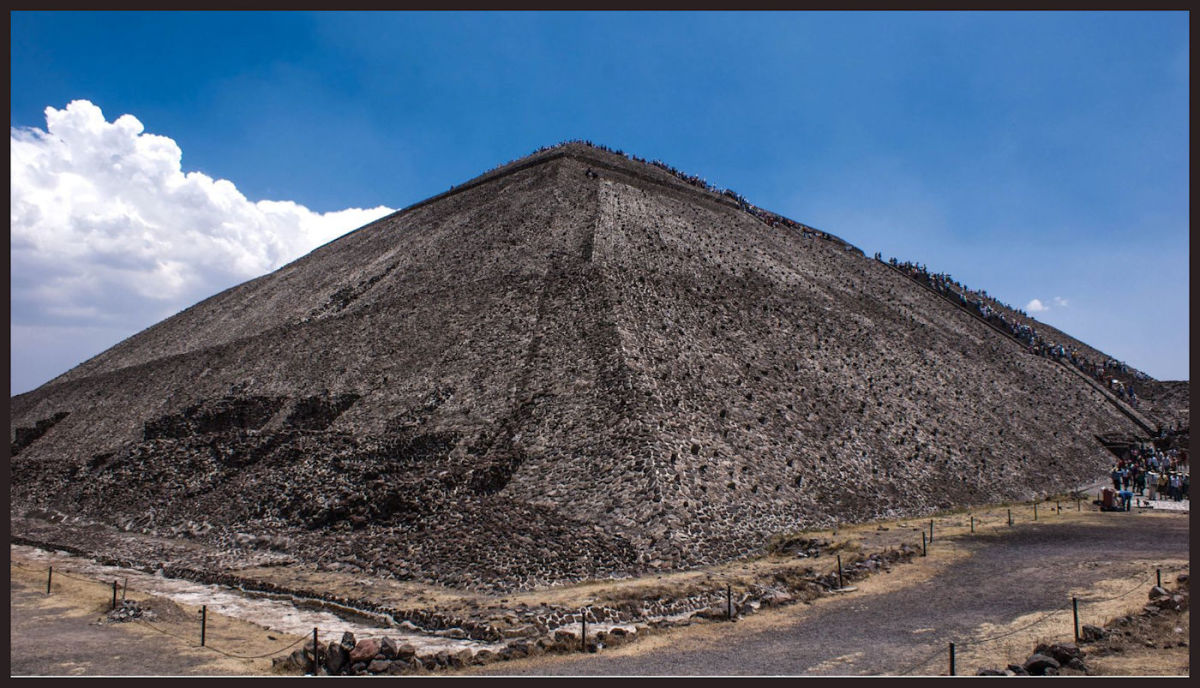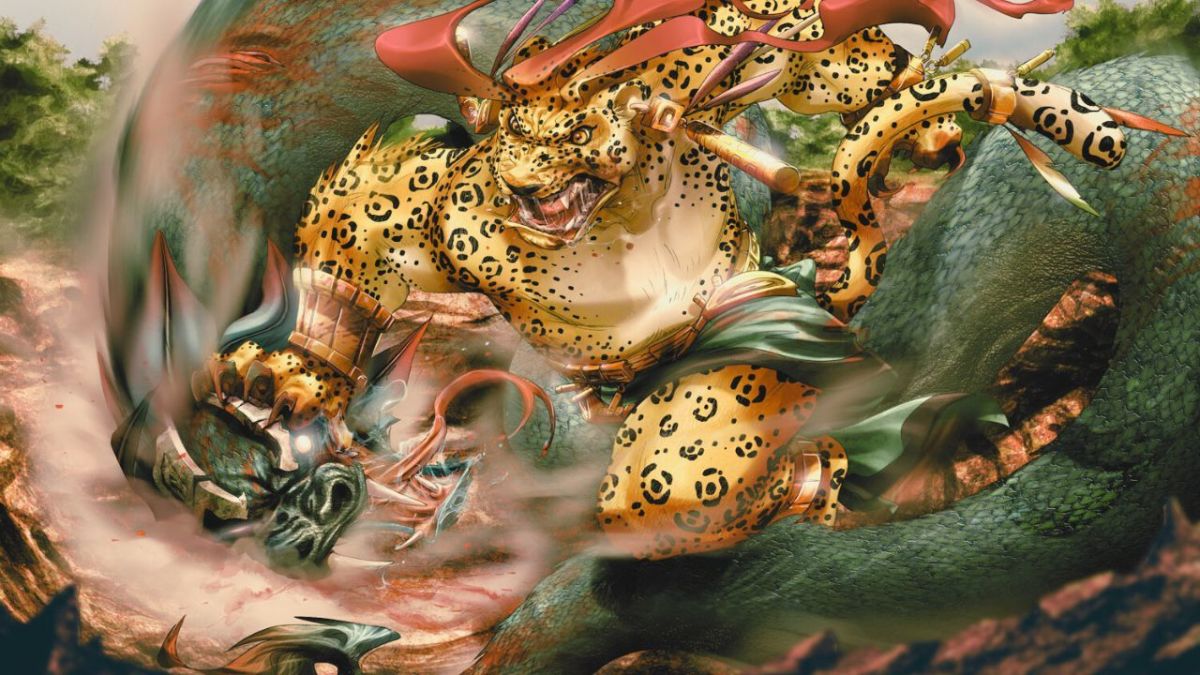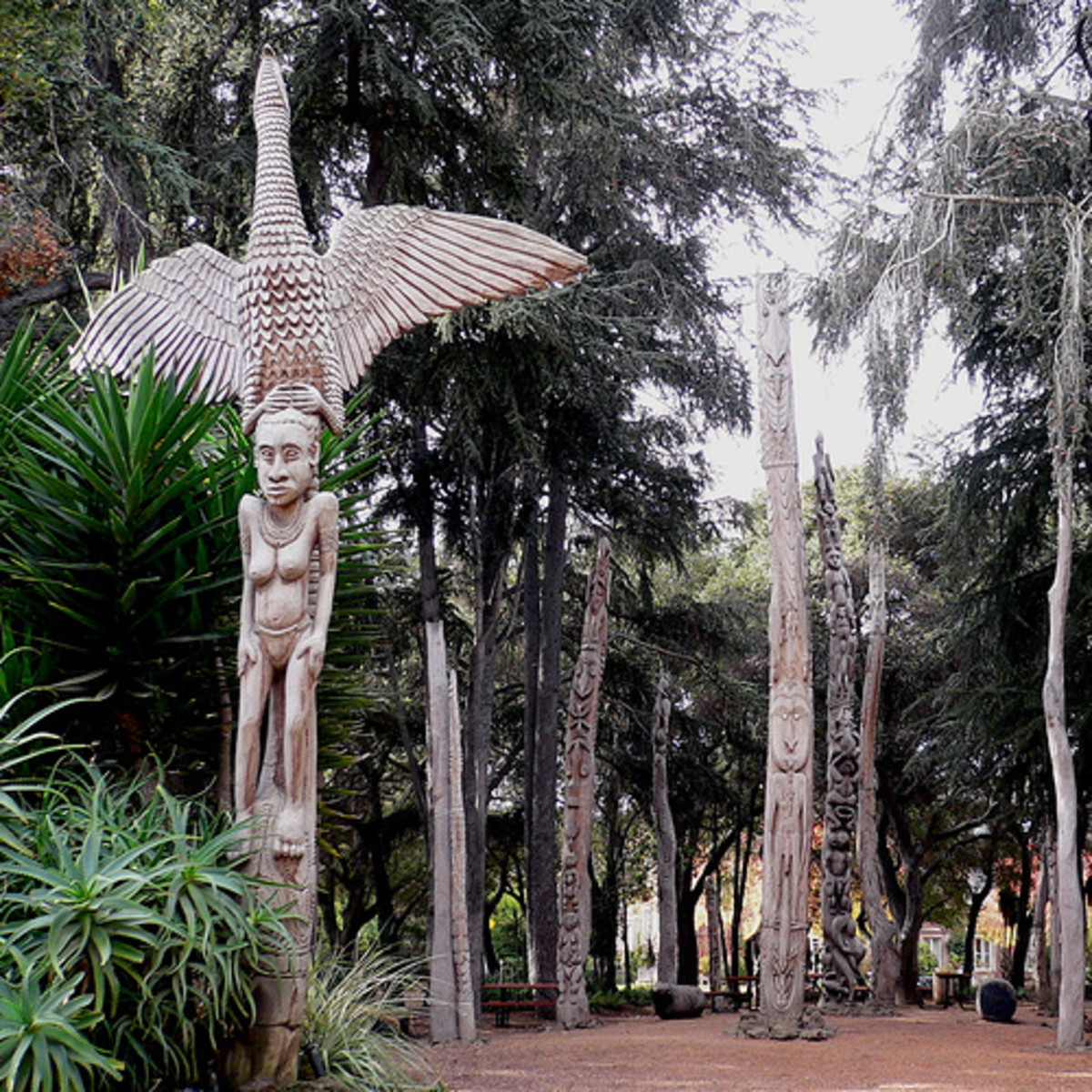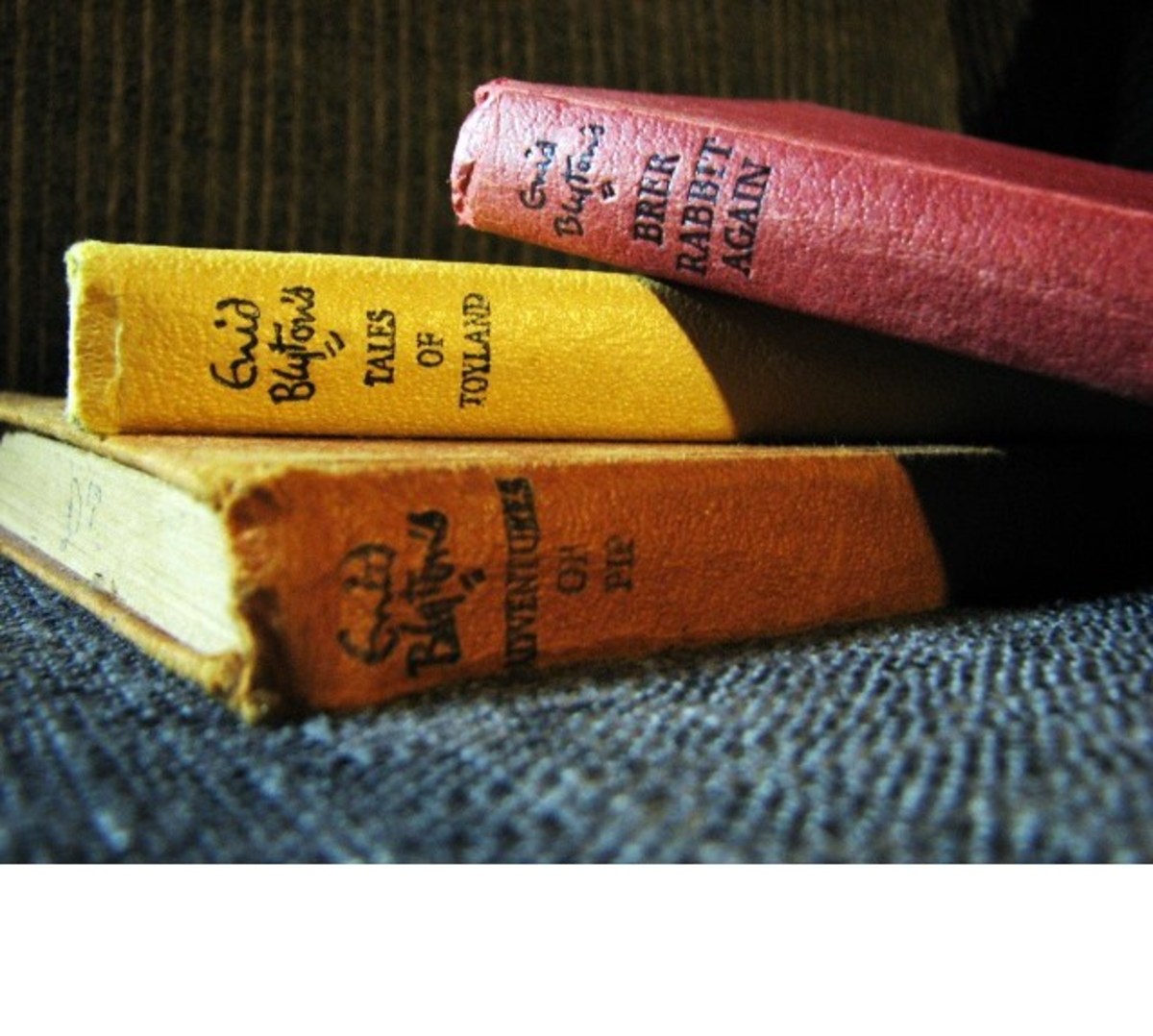- HubPages»
- Education and Science»
- History & Archaeology»
- History of the Americas
Mayan Mayhem
A Plumed Serpent's Legacy Traced in Magnificent Artworks . . .
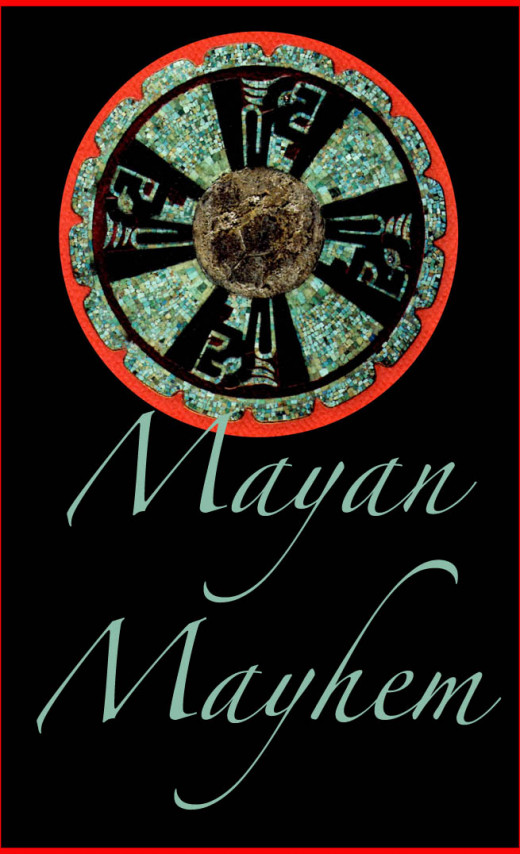
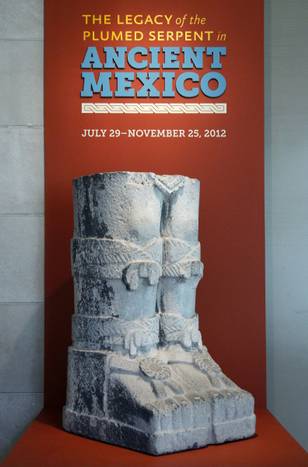
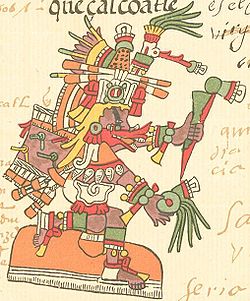
An incredible exhibit at the Dallas Museum of Art inspired this report and further research into the era of "The Plumed Serpent" featured in the exhibit. That describes an early patron diety of the ancient kingdoms of southern Mexico; namely, a diety named Quetzalcoatl, represented in various artifacts as a feathered or a plumed serpent.
Interestingly, this plumed serpent diety finds its way into histories of the early adventures of Cortez and Montezuma, and even appears in the works of Joseph Smith, the founder of the Latter Day Saints religion, who regarded this deity as one of many manifestations of the Christ, believed to have visited this hemisphere following his miraculous resurrection.
In the southern Mexican kingdoms this diety was regarded as the incarnation of spirit forces of wind and rain, with physical attributes of a serpent and the quetzel bird, resulting in an image and name of a feathered serpent.
Various authors have theorized that Quetzalcoatl is a being thought to have sprouted from a central master culture source and shared across many cultures including Egyptian, Aztec, Mayan and Olmec. A plethora of stories of a bearded white man bringing knowledge or enlightenment and alleged to be Quetzalcoatl commonly shared among many peoples.
There are many representations in artworks of this diety in stone carvings, painted codices, turquoise mosaics, gold, textiles; rare artworks which trace the history of the period as trade routes developed and entrepreneurs exploited and spread the lore across southern Mexico, Central America, the American Southwest during the Postclassic period (900-1512 AD) and early colonial period.
In this vacuum
of space
Life
Screams out
To life
It's all there is.
______© Nellieanna H. Hay
It was an era of cultural development in Mesoamerica, when the trade networks spread the images and the exchange of associated goods and ideas of the Plumed Serpent deity, which became broadcast across great distances. In fact the southern Mexican kingdoms recognized Quetzalcotl as founder-patron and to this day are known as The Children of the Plumed Serpent.
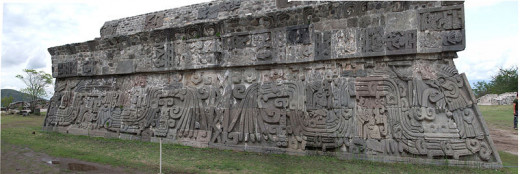
The following video is of the same exhibit at its previous showing at the Los Angeles Museum of Art. All the displays it shows were exactly the same as those my friend Val and I saw and studied.
Children of the Plumed Serpent
We plan to go back and see it again before it leaves in November for its next showing.

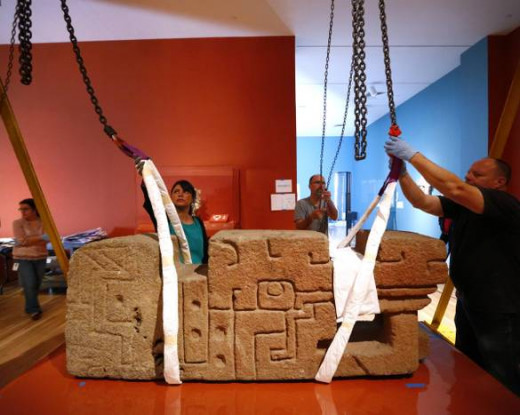
Quezalcotl Images
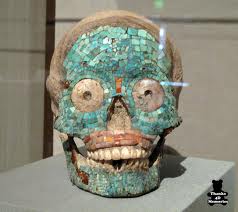
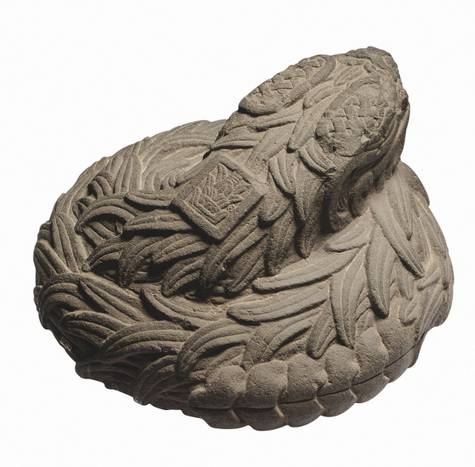
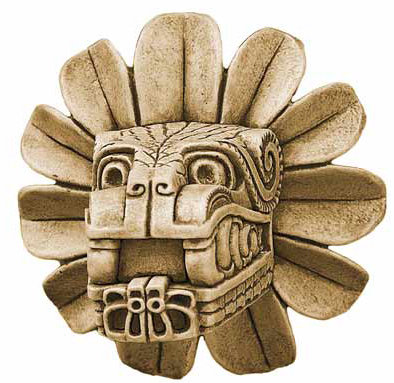
The artifacts are breathtaking, from pottery to jewelry to deity images. It makes one think how humans quest for avatars to trust and to endow with special powers greater than our own. It is typical of peoples of all ages and locations. It makes one think.
Gold jewelry in the mode of that time.

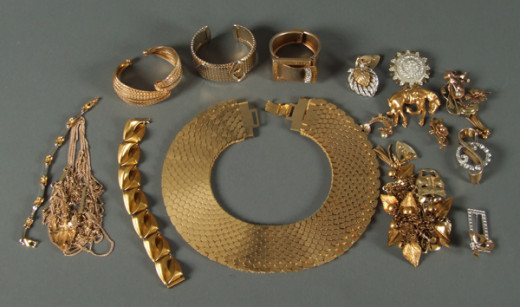
The precious, rare artifacts are prepared for exhibit at DMA
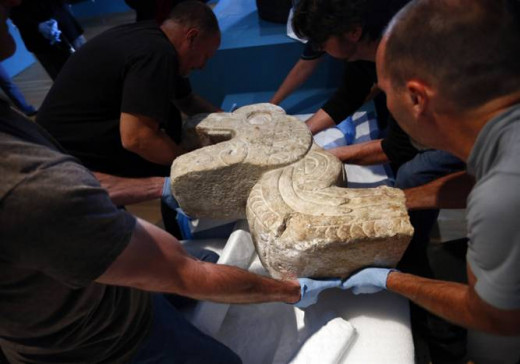
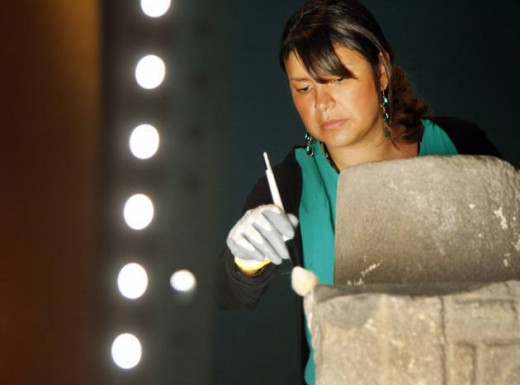
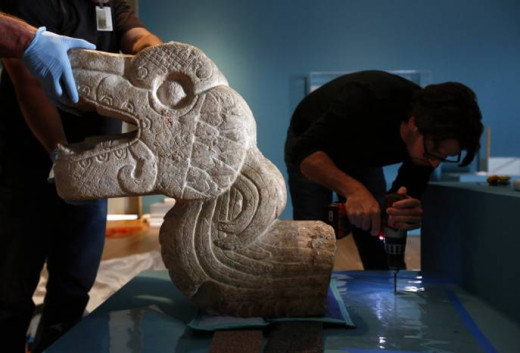
It's a humbling experience to view things of antiquity which represented such meaning to the peoples of the time. The artistry of these pieces shows the level of civilization that was in progress at that time - and, obviously, had been inherited from earlier times.
When we feel smug or superior about our so-called modern progress and sophistication, we need but look at such as this to gain more perspective about where we fit into the 'big picture'.
Thank you for browsing with me - not an academic look at this time and era, but a spontaneous response to something so impressive I simply had to share it.


